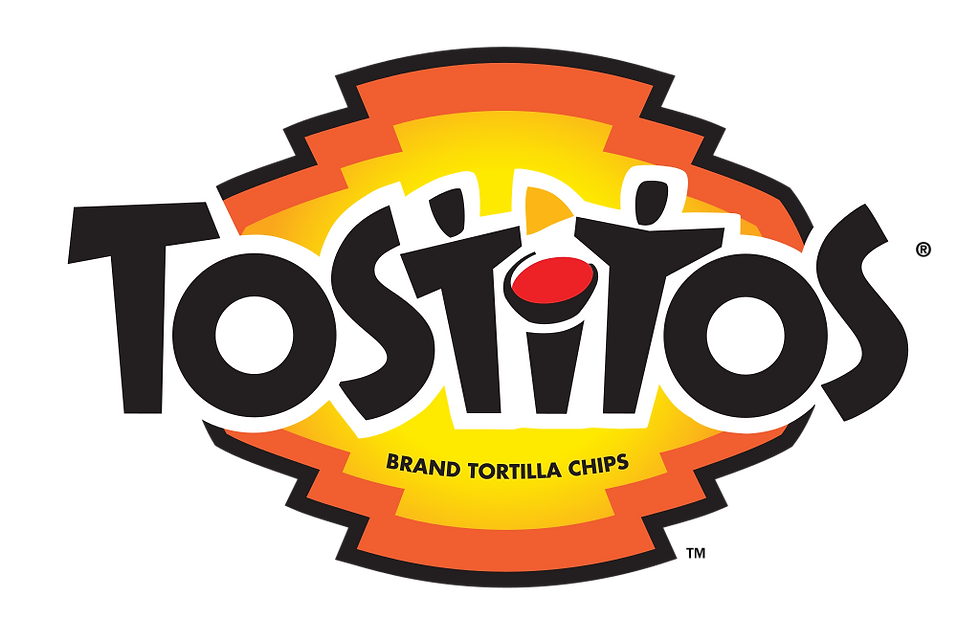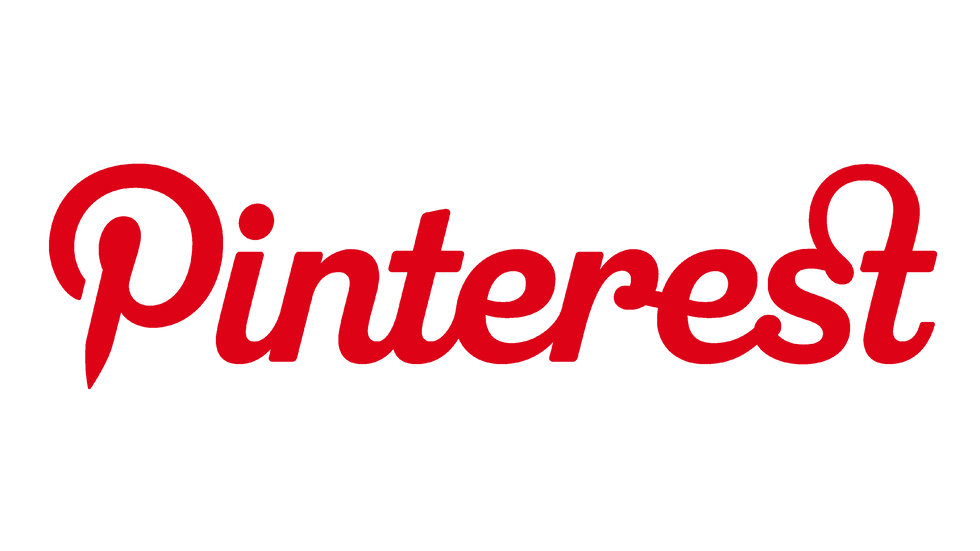- Dani Kwan

- Apr 2
- 4 min read

Project 3
Logo Design!
Ah yes, the ubiquitous brand symbol–the logo...They are everywhere!

They're on our cereal boxes...

Our sneakers...

Our cars...

Even our food??

Alright–we know they're everywhere, but why?
Remember waaaay back to week one?
When we said design is an art form meant to convey information? (oh yeahhh.)
Let's circle back on that.
What is a Logo?
(Logo is short for 'logotype' from the Ancient Greek combo of lógos meaning 'word' and 'speech' and túpos meaning 'mark' and 'imprint'.)
A logo is a symbol that captures the essence of a brand.

They are simple, clean, and aim to speak for themselves.
With logos, we visually communicate information about our brand...
Take for example, NASA's official insignia and its best-known symbol nicknamed...
The 'Meatball'...
(Simple, clean, a little flair & personality, even history!)

The design incorporates references to different aspects of the mission of the National Aeronautics and Space Administration. The round shape of the insignia represents a planet. The stars represent space. The circular orbit around the agency’s name represents space travel. The red v-shaped wing represents aeronautics (the shape reflecting the latest designs in hypersonic wings).
Every element has a purpose.
How about this...?

Many designers take a conceptual approach in this task–creating visual metaphors about the values, ideas, and products of the brand they are designing for.
 |  |  |
 |  |  |
So how do we get to a clean yet informative logo?
Hint: we have to think and try things out!
So, let's put our Logo Designer hats on...

and talk about how we can approach this task.
The Design Process
Where do we begin?
Well...First we need a brand to work with.
What's your favorite kind of food?
(Italian, Chinese, Mexican...?)
Warm-Up Exercise!!
(Here's here your handouts come in)
We as a team, are designing a logo for a ________ restaurant!
They serve very tasty food and they're known for their fun and festive atmosphere!
And their name is?! ____________.
The Design Process
Step 1: Research
(FIRST THINGS FIRST!)
In order to evoke the idea of product or service – we have to understand the brand we're designing for. In order to do that, we need to spend time researching not only the brand, but also the industry we're designing for.
Why? 2 main reasons:
To find inspiration and to avoid plagiarism!
(There's nothing worse than making a logo and then finding out it already exists...)

There a few areas of research we can explore:
General: See what's out there related to your industry.
Competitor: Look at specific brands in your industry.
Mood Inspiration: Look at other logos, illustrations, and designs that relate to your brand.
Let's take a look.
(Thanks Google!)
Step 2: Ideation
Once we understand the brand and industry we're designing for–it's time to start thinking about how we might approach our logo designs.
A super helpful and quick way to do this is to use:
Mind maps

Mind maps are a great way to think through the different connections and associations we have to a singular idea. This process happens before any sketches, drawings, etc. – where your focus is centered on concepts rather than aesthetics.
The words you put down on your page are resources for you to pull ideas from–they are a database to reference when you're coming up with visuals you may want to incorporate.
On your handouts, let's do this together:
What imagery or ideas do you associate with your restaurant?
Food
Ingredients
Flavors
Colors
Places
Things/Objects
Utensils, Dishes, Decor
Animals
Plants
After we've spent time thinking about associations...it's time to do some sketching.
Step 3: Sketching / Iterative Design
When we sketch out our ideas for the first time, we'll use what's called...
Quick sketching
The purpose of a quick sketch is to put an idea on paper. (It's not about making a perfect drawing.)

For example,
If I had 'forks' in my mind map for a restaurant named Winston's– I'd take that idea and sketch out some visuals.

Like with mind mapping, one of the goals with quick sketching is to come up with as many ideas as possible.
But like, why?
Because...drawing a ton of quick sketches encourages us to not settle on our first idea/drawing/design–and pushes us into the unexpected...
In other words, it helps us get past the more obvious or cliché ideas that we have to get to more unique and interesting ideas...
Let's see how many logo ideas you can come up with using quick sketches.
They don't have to be good or detailed – just draw with simple shapes.
Go!

Step 4: Feedback
As designers, we create work that should be legible and accessible to a wide range of people. A crucial step in this process is getting feedback. Feedback can come from your peers, your supervisor, the client, or companies you're working for.
It's important to note, feedback comes in at different stages of the process. Right now, we've only got quick sketches, so we would spend more time refining those ideas before showing them to your client, but you could get feedback from your peers, friends, and family!
Peer Feedback
Peer feedback helps us see if our ideas are coming across to an audience. Our peers often don't have the full context of the materials you're working with or referencing, so you can test your ideas with them to see if they are visually communicating what you intended.
Show your sketches to the person next to you.
Have them pick their favorite idea.
(Thanks, friend!)
Step 5: Drafting in Illustrator
We'll be using familiar and new tools in illustrator for our project–so I wanted to take you through some of the possible ways we can use then in creating logos from simple shapes.
To Illustrator!